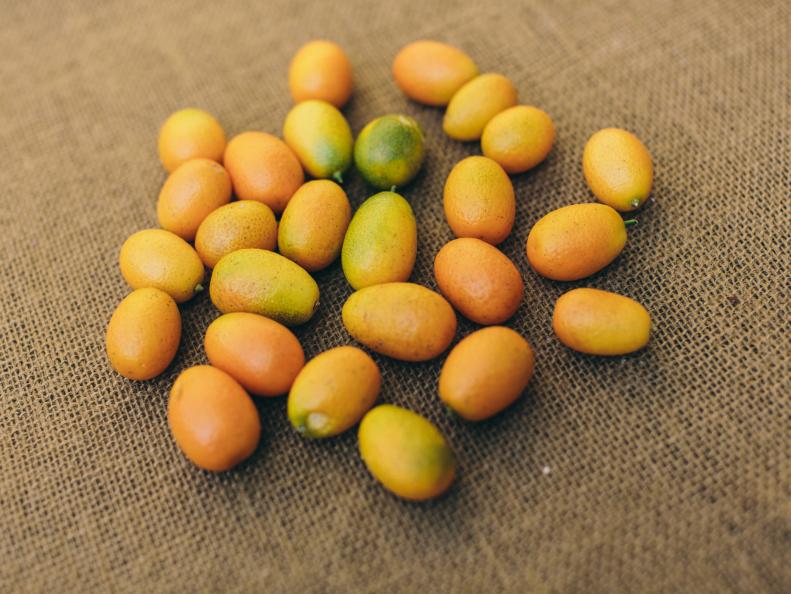1 / 14
Photo: Shutterstock / Kei Shooting
Plum
Plums are a natural for home gardens with their compact size and easy-growing nature. These trees tend to be beautiful specimens and bear heavy loads of fruit—not enough to overwhelm, but more than enough to balance fresh eating with sharing and putting by. ‘Opal’ plum trees are self-fertile. Fruit ripens early in the season, ripening over a two-week window, so you’re not overwhelmed with produce.









